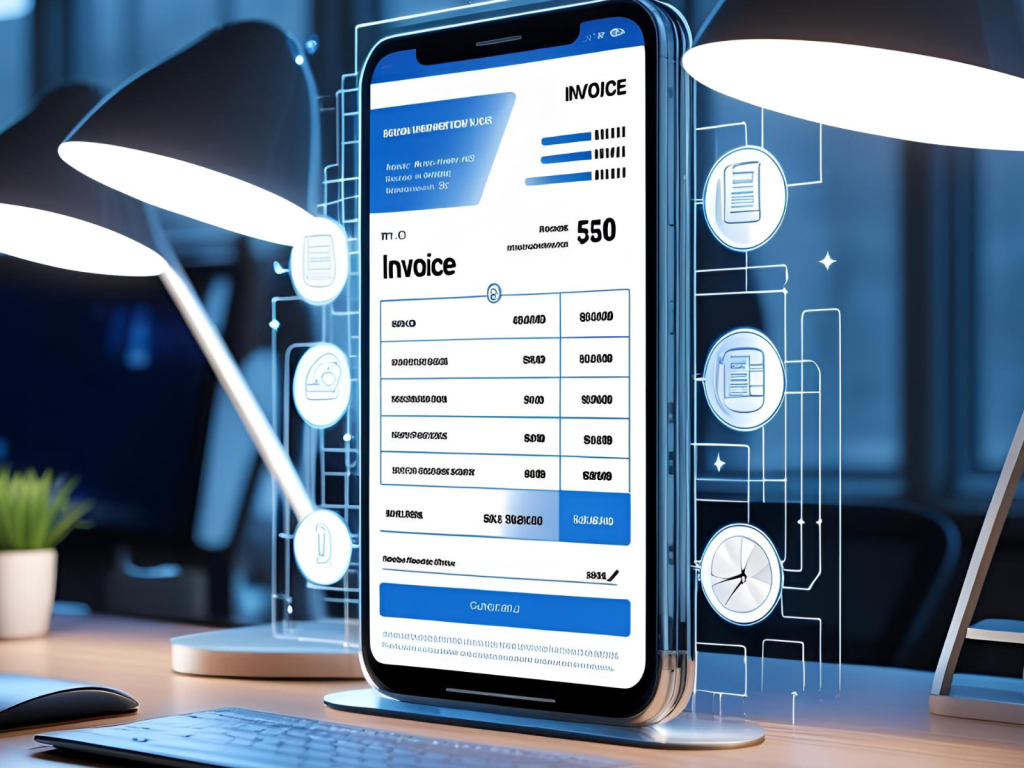Jose Luis
In the current context, where digitalization and efficiency are essential for business growth, the Crea y Crece Law is a critical regulation for companies in Spain. This law not only seeks to combat late payments, but also establishes a framework for the adoption of electronic invoicing, a change that will significantly impact the financial management of organizations. We review the most relevant aspects of this law, its context, and how companies should prepare for its implementation.
Context of the Crea y Crece Law
The Crea y Crece Law arose as a response to the growing concern about late payments in the Spanish business environment. Historically, late payment has been a persistent problem, affecting the liquidity and viability of many small and medium-sized enterprises (SMEs). The previous late payment law provided a limited and punctual view of this phenomenon, which led the Ministry of Economy to seek a more comprehensive and dynamic solution.
The Crea y Crece Law is based on the need to modernize invoice management and facilitate the transition to a more digital business environment. In this sense, the Crea y Crece Law not only addresses late payment, but also establishes a framework for the implementation of the electronic invoicinga vital step towards efficiency and transparency in commercial transactions.


Public and private solutions. An integrated approach
In a recent issue of i3s Insightson the distinction between public and private solutions for invoice management, Sara Antuñano, Vice-President of AUSAPEhighlighted that the Crea y Crece Act proposes a public solution that will allow small businesses to access their invoices in a centralized manner. This is especially relevant, as many small businesses have difficulties when trying to connect to multiple platforms to manage their invoices.
Advantages of the public solution
- Centralization: Small businesses will be able to access all their invoices through a single channel, simplifying management and reducing the risk of errors.
- Inclusion: This approach ensures that small companies are not at a disadvantage compared to large corporations, which often have more resources to manage complex processes.
- Ease of use: The implementation of a public solution aims to be intuitive, allowing companies to focus on their core business instead of dealing with complicated billing platforms.
However, there are also challenges in implementing this solution. Companies must adapt to a new system and ensure that their internal processes are aligned with regulatory requirements.
The transition to the Electronic Invoice
One of the most significant changes brought about by the Crea y Crece Law is the mandatory use of electronic invoicing for large companies, which is expected to come into force in 2027. This change implies that organizations must start preparing in advance, both in terms of technology and budgets.
What does electronic invoicing involve?
The electronic invoice is a digital document that complies with the same legal requirements as a paper invoice, but offers numerous advantages:
- Cost reduction: By eliminating the need to print and send paper invoices, companies can significantly reduce their operating costs.
- Management efficiency: The automation of the billing process allows for more efficient management, reducing the time spent on administrative tasks.
- Transparency: Digitization of invoices facilitates tracking and auditing, which contributes to greater transparency in commercial transactions.
- Regulatory compliance: The adoption of electronic invoicing ensures that companies comply with tax regulations and avoid penalties.
Preparation for implementation
In order for companies to adapt to mandatory electronic invoicing, it is essential that they start planning now. This includes:
- Assessment of current systems: Companies should review their management and accounting systems to ensure that they can be integrated with the new regulations.
- Staff training: It is essential that employees are trained in the use of electronic invoicing and understand the new processes.
- Budget allocation: As Sara Antuñano remarked in our i3s Insights, it is crucial to allocate part of the budget to the management of projects related to electronic invoicing by 2026.


Format homogenization. A necessary challenge
Another relevant aspect of the Crea y Crece Law is the search for a homogenization of invoicing formats. The regulation establishes that the main format will be the VL, which will facilitate tax management both nationally and in the European context.
Benefits of homogenization
The homogenization of formats has several benefits:
- Process simplification: By standardizing the invoice format, complexity in document management is reduced and errors are minimized.
- Facilitating Compliance: With a common format, companies can more easily comply with tax regulations, avoiding confusion and penalties.
- Integration into the European market: Convergence to a common format is a step towards integration into the European market, which can open up new opportunities for companies.
However, there are also challenges associated with this process. The coexistence of different projects, such as TicketBai and Verifactu, can generate confusion among companies and their customers. It is essential that organizations stay informed and adapt to changes in a proactive manner.
Challenges in receiving invoices
One of the aspects that is often overlooked is invoice receipt. While many companies focus on sending invoices, managing receipt is equally important. Sara Antuñano highlights the need to avoid duplication of invoices and ensure that important documents are not lost in the process.
Strategies for efficient reception
To effectively manage invoice receipt, companies can consider the following strategies:
- Process automation: Implementing systems that automate the receipt and classification of invoices can reduce the risk of errors and losses.
- Monitoring of communication channels: It is critical to keep constant monitoring of the channels through which invoices are received to ensure that important documents are not omitted.
- Ongoing training: Training staff in invoice management and the use of new technologies is key to ensuring a smooth transition to electronic invoicing.
Preparing for the Future
The Crea y Crece Law represents a significant change in the way companies manage their invoices and comply with tax regulations. The transition to electronic invoicing and the standardization of formats are necessary steps to modernize the business environment in Spain.
It is essential that organizations start preparing for these changes by allocating resources and adjusting their internal systems. Adapting to the new regulations is not only a legal obligation, but also offers an opportunity to improve efficiency and transparency in business operations.
As we approach the implementation date, it is crucial that companies stay informed and seek advice to ensure a successful transition. The Crea y Crece Law is not only a response to late payment, but also a push towards a more digital and efficient future for the Spanish business sector.
For more information about the Crea y Crece Law and how to prepare for its implementation, you can contact our team at www.i3s.es.
Author's information





